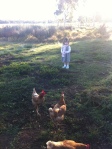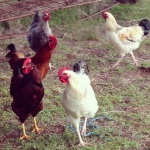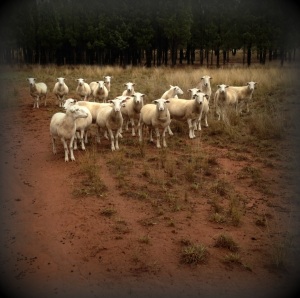
In 2011 we purchased, from a nearby stud, a starter flock of Wiltipoll sheep. Our starter flock consisted of 19 non registered ewes and 1 ram. The Wiltipoll sheep breed suited our needs as we don’t have a stand ( for shearing) or shearing shed and it is a genuine self shedding breed, perfect for the farmer with limited acreage or the beginner hobby farmer. The Wiltipoll is extremely low maintenance because it is fly, lice and grass seed resistant. No jetting, dipping or mulesing making it excellent for organic meat production.There is no need to dock tails, however ,for my husband and I- we still do. I guess its ingrained in us from years of marking and tail docking merino lambs for the fear of fly strike (after all no-one ever forgets the sight and smell of a half eaten alive maggoty sheep). Its such a relief not to have any losses from mulesing because , thankfully, it isn’t necessary to do this procedure on the Wiltpoll ( again another method deemed necessary to prevent fly strike in other breeds of sheep). Every year our ewes birth mostly sets of twins. Our ewes breed easily and are very calm, natural mothers. Their offspring are up and about within minutes. All our maiden ewes lamb very easily and often we get twins from the maidens too! The first year we had lambing season on (June- Oct) I was stuck inside with my own tiny offspring and glued to the window with binoculars watching each ewe drop her lamb holding my breath waiting for difficulties. None have occurred. Since then I’ve loosened up considerably to just a quick check morning and night- mostly to head count new additions gleefully.
My husband and I both grew up on sheep/ wheat/ cattle properties growing out merinos for wool so this has been a little alternative to what we are used to, but we are very happy as our Wiltipoll flock has been a huge success. Find out more about the Australian Wiltipoll here : wiltipoll.com
Our “little” starter flock has now grown rapidly to consist of a large established herd and we are now able to sell offspring annually. Please look out for ewes and wethers advertised from our facebook page :Lansdowne Farm
In early Feb 2016 we had built our little herd up to 70 head and we were running at maximum capacity. We decided to sell off the ewe lambs and were thrilled to get $150/head for 19 eight month old ewe lambs. That is our best price ever recorded. We are watching the market currently and are hoping we will get a spot of rain as soon as possible that will hopefully drive prices up before we send our wether lambs off to market. Either way the boys will have to go soon . Please watch this space for an update!
Contact me using the comments section below if you would like any more advice or have any questions regarding the Wiltipoll Sheep and I will try my best to help.






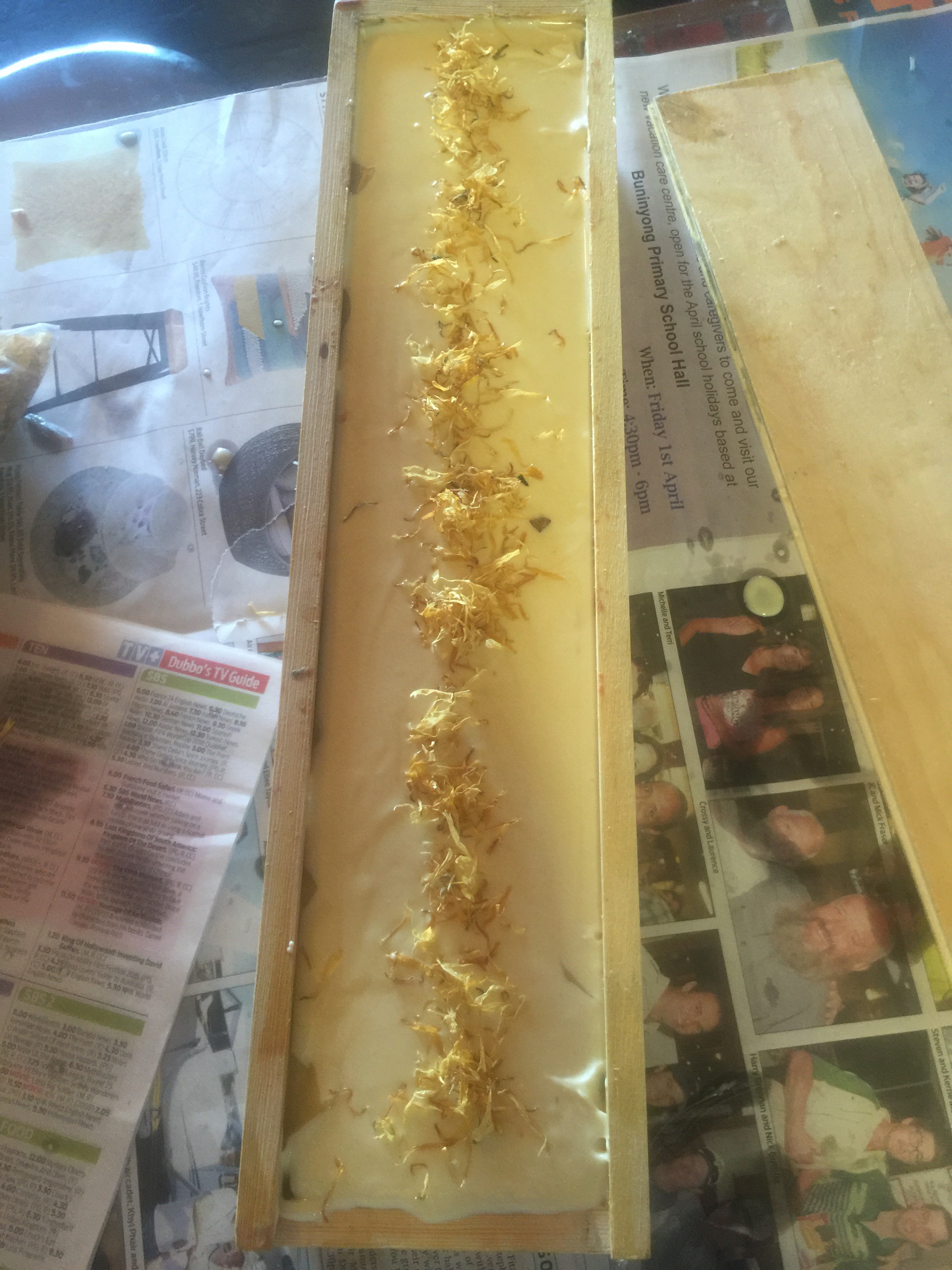
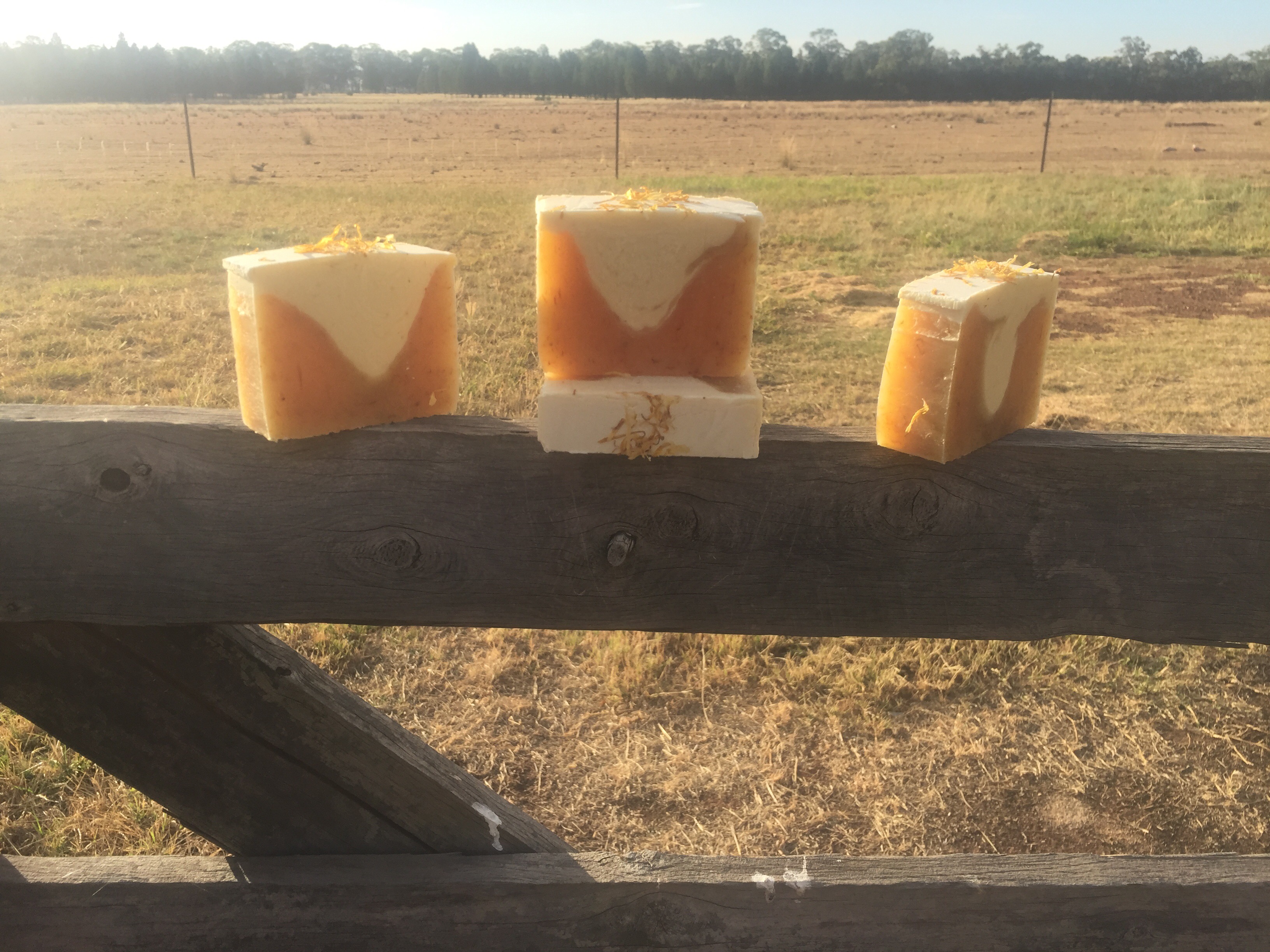
 Last year in 2015 I watched the rain fall in late April and my thoughts went out to my father who I knew would be in his shed going over and checking planting machinery for the 100th time in preparation of the annual sowing of wheat and oats on “Bombah” my family home , the farm I grew up on 60km west of Tottenham. Although we LOVE rain here , thankfully we don’t rely on it for our annual income like my parents do.
Last year in 2015 I watched the rain fall in late April and my thoughts went out to my father who I knew would be in his shed going over and checking planting machinery for the 100th time in preparation of the annual sowing of wheat and oats on “Bombah” my family home , the farm I grew up on 60km west of Tottenham. Although we LOVE rain here , thankfully we don’t rely on it for our annual income like my parents do.